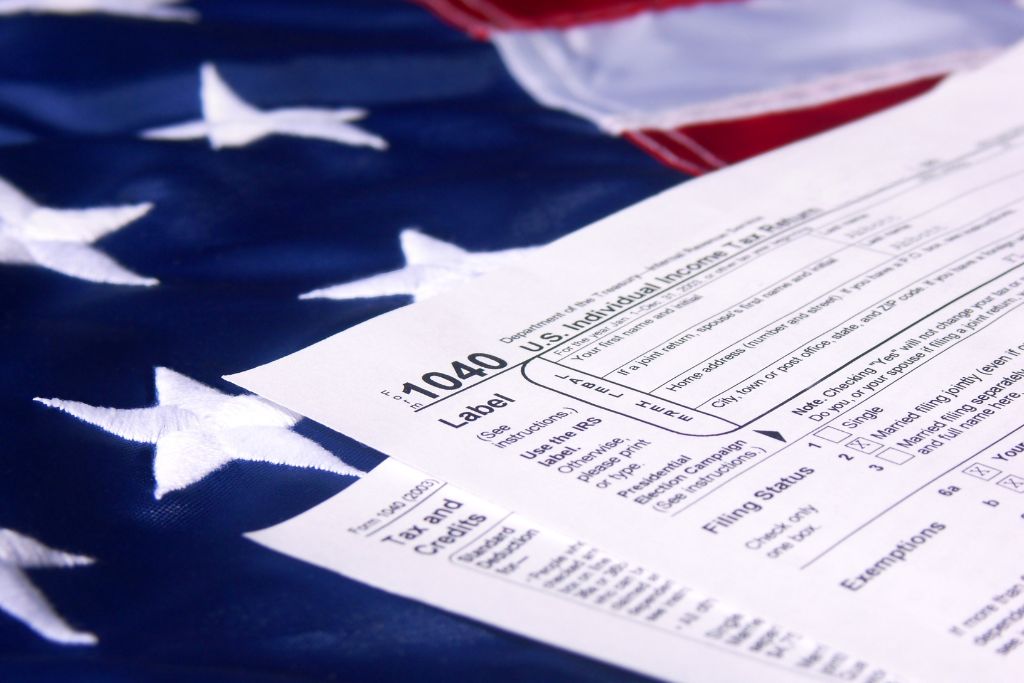The requirements of cities and towns in terms of their infrastructure can’t be met solely through the collection of property taxes or general sales taxes. These requirements must be met. Some of the strategies to accomplish this goal include local option sales taxes, special fuel taxes, and other mechanisms. Over forty percent of a municipal government’s overall revenue comes from taxation. This comprises taxes on the income, property, and consumption.
Taxes
Taxes are a city’s primary revenue source, providing over two-thirds of its general funds. Among the largest sources are user charges for municipally run services, such as parking, garbage collection and water systems, and fees, such as those charged to enter hospitals or use harbours or airports. These fees are not taxes in the usual sense of the word, since users pay them only for the service and are not mandatory.
A major issue with these user fees is that they disproportionately burden low-income residents. This is largely because most of the people paying the fee are also those using it, while low-income residents spend more of their income on taxable goods and services than wealthier individuals.

Cities can use a variety of additional revenue levers, including service fees, user-based taxes and forfeiture revenues. These strategies can help ensure that local residents’ costs do not increase disproportionately. However, their effectiveness depends on state rules regarding their scope and how they are administered.
Fees
Cities can raise revenue by levying user fees, or taxes that only apply to those who use a service. These can be as simple as public parking charges or a fee for building construction permits, and can also include utility services like water, sewage or electricity.
Unlike general tax revenue, these fees can be more resilient to a changing economic climate. In addition, cities can use service fees to discourage behaviour that is at odds with the public good – for example, a fine for driving above the speed limit.

In addition, many cities have built up reserve funds and unique reserves that can help them cost share with federal projects. These can be built up over time or borrowed, and when polled, citizens have been supportive of these efforts to leverage federal funding. To determine the most appropriate and effective revenue lever, cities should first gather relevant data and establish a current revenue baseline. They should then consider benchmarks that may guide pricing, and conduct a citizen sentiment survey to gauge acceptance of specific interventions.
Bonds
In addition to taxes and fees, city governments can also issue debt. This debt, often known as municipal bonds, promises to pay investors a fixed amount of money at some point in the future. It can be used to finance capital projects like building or upgrading infrastructure or to smooth out cash flow issues that might result from spending obligations not matching up with incoming tax revenue.
Traditionally, local government bodies have issued general obligation bonds or revenue bonds. GO debt relies on property taxes to repay bondholders while revenue bonds — like those used to fund a toll road or a water project — are repaid by the income generated by the asset purchased with the funds.

With low-interest rates and a strong economy, cities might be in an unusually good position to raise money through bonds. But that is a big “if” in an era of rapidly rising costs, diminishing federal grants and shifting priorities.
Other Revenues
Cities that diversify their revenue streams can better manage the pressures they face. They can also find new sources to invest in local projects, such as improvements to infrastructure, public health and education systems, childcare options, or preparing for climate change.
In general, cities can rely on four major revenue sources: property taxes, consumption taxes (sales and excise), intergovernmental aid from the state, and user fees and charges. The specifics of these vary widely, but in the aggregate, they account for a large portion of revenue across all cities.

User fees and charges represent a unique opportunity to increase revenue in many cities because they aren’t necessarily perceived as taxes by citizens. This type of revenue includes utility fees for water, wastewater, gas, electric and solid waste services; parking fees, toll roads, tuition; transit operations; and fines. These revenues can be especially helpful when earmarked for particular purposes, such as infrastructure investments. However, cities must carefully weigh their potential to negatively impact residents when making these choices.
“How Can American Cities Raise More Money?” examines city funding strategies. We study taxation strategies and public-private partnerships to boost financial growth. “Fun Birthday Party Ideas For Your Kids” provides a break from fiscal talks. This article suggests fun ways to celebrate kids’ birthdays, emphasizing the value of happy memories. Cities may raise more money and invest in community events and activities that improve citizen well-being by investigating new revenue streams and inventive ideas.

Leave a Reply